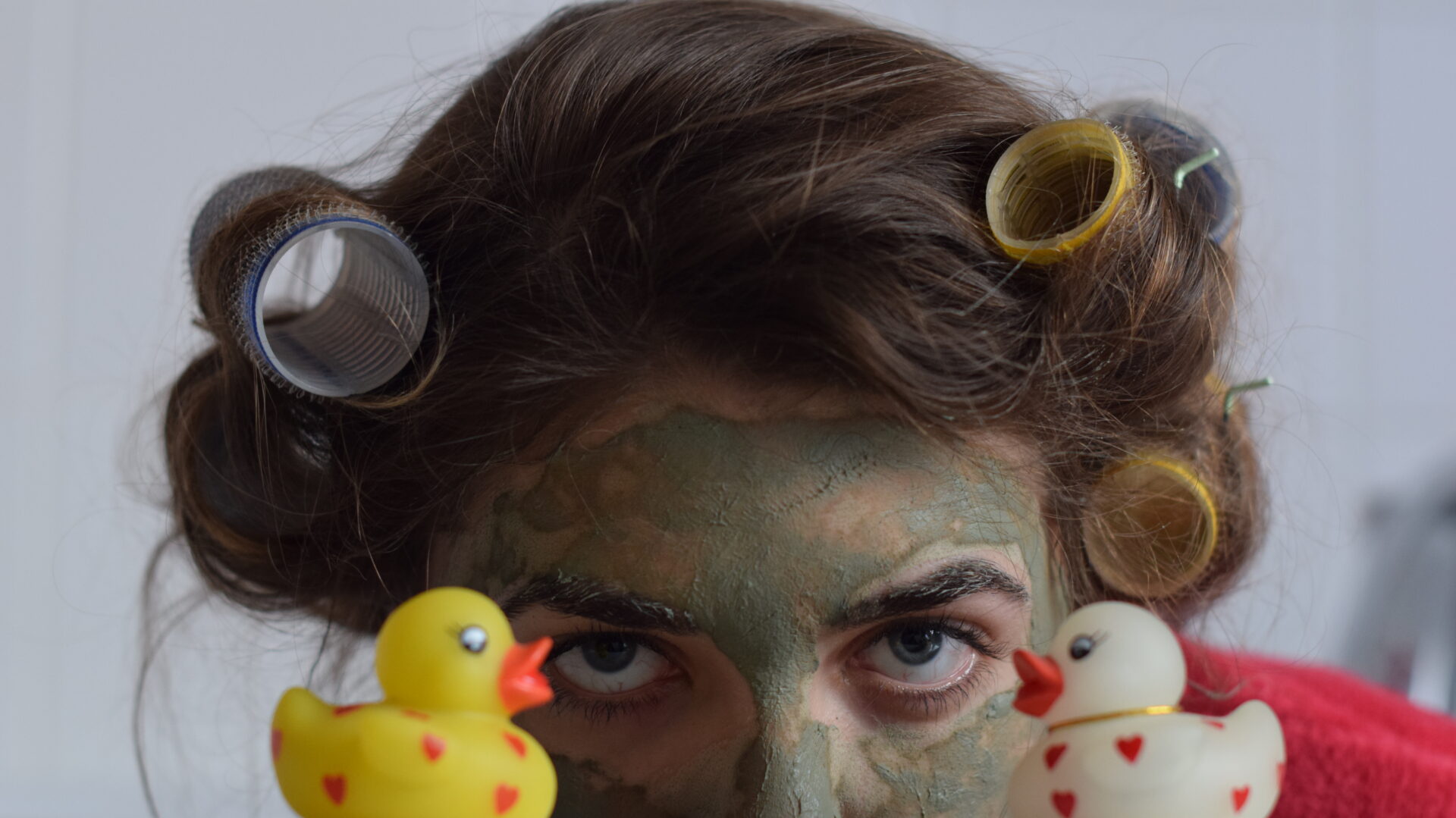Eutopia (plural Eutopias)
- A place of ideal well-being, as a practical aspiration (compared with utopia as an impossible concept).
Verbeelding aan de Macht !
200 tal tekeningen (stift en aquarel op aquarelpapier – 8X10,5 cm )
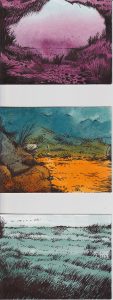
Olivier Pauwels, also known by his tag BOHI, is a Belgian artist holding a graphic arts degree. He started his career as a painter and graphic designer, but quickly turned his attention towards three-dimensional assemblages. It’s exactly those fascinating assemblages that trigger everyone’s imagination.
With an eye for detail and a strong preference for old materials, combined with sweet little babies, Olivier creates an apocalyptic image track. This track seeks the balance between humour and threat, violence and love, renewal and reconditioning.
Extraordinary examples of Olivier’s art work are his cyber babies: android creatures, born from classic toy dolls and old machine parts. These humanoid contraptions, which originally were given an undeniably steampunk look or donned military attributes, are moving as well as fascinating. They enable the artist to express his own view of the world.
The artist guides us towards a surreal world of ‘Cyber Babies’ and futuristic machines. It’s an escape from reality, as well as a statement launching every baby, every new-born into an outrageous world. A world in which the mass hysteria of the constantly wanting more determines the rhythm of life. The babies are the seed for the next generation. They’re a blank slate on which we can project our wishes, fears and dreams of the future.
It’s actually the objects themselves that trigger new creations. Objects are decontextualized and are given a new dimension, a new identity, whereby they lose all connection with their past. “Where the life of an object stops… the dream world of the artist begins.”
Olivier’s specific way of assemblage got him in touch with film legend George Miller in 2010. Olivier participated in shaping the image of the movie Mad-Max Fury Road (2015), which was rewarded with 6 Oscars. The film director is a kindred spirit who creates his own world, a world that questions what lies ahead in the universe.
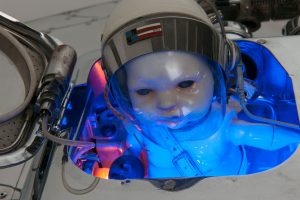
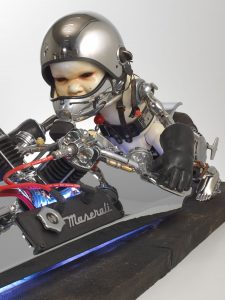
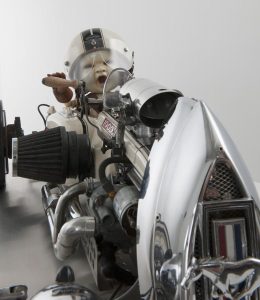
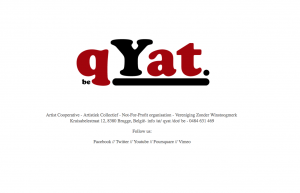
Ondertussen is Thijs Snauwaert mede-oprichter van het visuele communicatiebureau Josworld. Hij werkt er rond projecten, merken en bedrijven die een maatschappelijke impact willen realiseren.
josworld.org
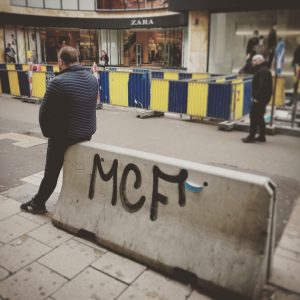
dagdagelijkse realiteit . Zij observeert hen tijdens hun meest gewone bezigheden en tracht deze observaties te visualiseren in haar werk. Marianne Turck is geboeid door hoe we met elkaar omgaan, door diverse ontmoetingen en hoe dit wordt vertaald naar lichaamstaal in de tijd en ruimte van vandaag. De rode draad doorheen haar oeuvre is de belijning en de beweging van een vorm.
Het gaat over vormgeving, schoonheid en ritme in lijnen. Dit kan men overal in de werkelijkheid terugvinden. Zowel in het menselijk lichaam als in de omgeving. Het is een manier van ‘kijken’. Ook in haar fotografisch werk maakt zij onderscheid tussen de ‘belijning in figuratie’ en de ‘belijning in de omgeving’. Tijdens Eutopia toont zij het werk ‘The Family’ – belijning in figuratie:
Deze foto ontstond per toeval: de mensen kozen zelf hun plaats. Ik nam hiervan een foto want vond de ‘setting’ verbazend mooi. Door iedereen een masker van een reebok te geven (er zijn veel reebokken in deze omgeving) krijgt deze foto een surrealistische toets.
Marianne Turck nam deel aan diverse tentoonstellingen in binnen- en buitenland. In februari 2018 werd ze verkozen als één van de laureaten van de prestigieuze ‘Arte Laguna Prize’ in Venetïe. Haar fotografisch werk ‘Tennis court’ wordt tentoongesteld tijdens de groepstentoonstelling in het Arsenale (Venetïe) vanaf 17 maart 2018 tem 8 april 2018. (www.artelagunaprize.com)
Curator: Igor Zanti Jury: Domenico De Chirico, Caroline Corbetta, Denis Curti, Nicolangelo Gelormini, Emanuele
Montibeller, Simone Pallotta, Nadim Samman, Manuel Segade, Ekaterina Shcherbakova, Eva Wittocx.
marianneturck.be
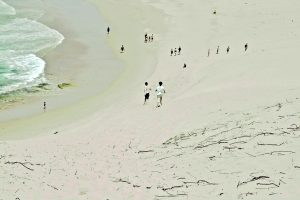
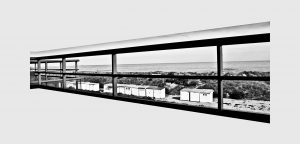
Alex Verhaest (°1985 Roeselare) onderzoekt interactieve mogelijkheden binnen de cinematografische kunsten. In haar oeuvre combineert ze objecten, video en technologie met als vertrekpunt een narratief script, dat een bestaande of net geschreven vorm kan aannemen. Haar werk vertoont sterke gelijkenissen met vroege en laatmiddeleeuwse Renaissancekunst, video gaming en cinema extended. Elke nieuwe film verkrijgt een post-nintendo maatschappij look waarin de eindeloze communicatiemiddelen in een digitale tijdperk bevraagd worden.
Haar werk is geselecteerd voor verschillende wereldwijde kunst- en new media festivals zoals, de FILE electronic language festival in Sao Paolo, de New Technology Art Award in Gent, TAZ Oostende en het kunstfestival Watou. Ook heeft haar werk een plaats veroverd in de Akzo Nobel Collectie en won ze het New Face Award in Japan.
Als huidig Cultureel ambassadeur van Roeselare, toont Alex een eerste luik van een vijfdelige video installatie ‘Ad Hominem’. Een verhaal dat zich ontvouwt in een spel met taal en tussen video en game waar een eerste utopie zal worden gepresenteerd. De plaats, het personage en de emotie wekken een mysterieuze wereld op, waarin de toeschouwer via een controller een fantasierijke denkwereld kan betreden. Het uiteindelijke resultaat van de game wordt via een polyfonisch lied door Maxime Denuc gecomponeerd.
alexverhaest.com
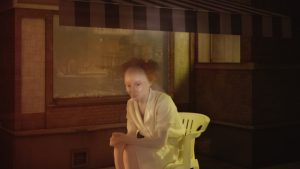
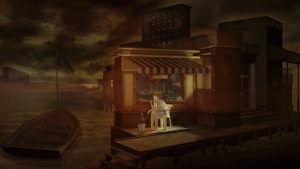
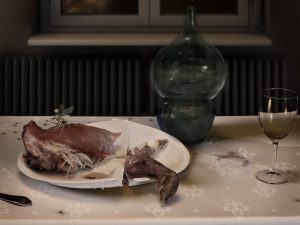
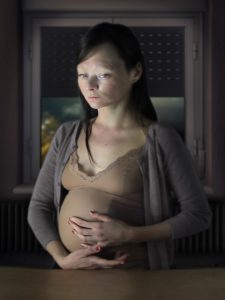
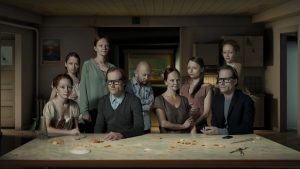
Matthias Yzebaert (1983°, Ghent) is a multidisciplinary artist. Visual artist, trained graphic designer, gallery-owner, dj, performance artist, producer, … As with most interesting people, Yzebaert’s answer to the question ‘what do you do?’ is not a short one. All Yzebaert does is part of his practice—throughout his undertakings, there is an interconnectedness between the different aspects of his life up until today. His background as a graphic designer, for example, affects the aesthetics of his visual work; the gallery he runs stems from his search for an interesting studio space and aptitude for artistic enterprise. “It is just a matter of choosing the medium that fits your story best”, Yzebaert says. “for me, it would be pointless to limit myself to one practice”. Just as Yzebaert will not limit himself to one medium, he is not content to stick to his role as an artist. With These Things Take Time, his gallery/studio in Ghent, Yzebaert (together with Godart Bakkers, Laura Herman and Charlotte Van Buylaere), offers a platform for a diverse range of projects and collaborations. The space is non-profit and very active; new projects and collaborations are developed nearly every month.
Yzebaert is self-reflective and subversive. This doesn’t only show in the way he talks—stating one thing and immediately questioning the very thing he just proclaimed—but also in his artistic practice. Let’s, for example, consider Yzebaert’s ideas about … Yzebaert is one of the contemporaries proving this discipline is far from buried. With Yzebaert … is never ‘for itself ’ but always contextualised; a painting cannot exist in a vacuum, but is always part of its environment, making it part of a scenography. With this artist, a painting is never just a pretty picture on a wall—like its origin, its influences reaches far beyond its frame. Yzebaert bypasses the dichotomy between figurative and abstract: because painting is creative in the most literal sense of the word, a reference to reality is an option. Rather, visual work by Yzebaert is dictated by the peculiarities of a material, the shape of a canvas, the exhibition space, the cracks in the wall of an abandoned corner.
This idea of integration can be found throughout Yzebaert’s entire body of work. How a work of art is presented is as much part of it as the work itself. Showing a work is never obvious; a picture is never just ‘hung’ on a wall, a sculpture never just put out there. This means that, for Yzebaert, the a priori blankness of a white space can never be just that; it can never be a blankness without meaning. Because the ‘perfect white cube’ of course doesn’t exist—there are always anomalities. There will always be … the wall, an odd corner or chipped paint: things that make a space ‘real’ as opposed to an impeccable blank canvas. Matthias Yzebaert notices and works with the intrinsic qualities of an environment. This environment does not have to be spatial—it can be digital as well. His Tumblr-account, Society of Copy, is the perfect medium to explore the implications of the online curating of his own ‘photographical images’.
This diversity in practice does not mean the work of Yzebaert remains open-ended and non-commital. Rather, the visual work and undertakings of this idiosyncratic artist investigate the possibilities that arise out of opposites: concealing and revealing, light and dark, individuality and conformity. One important theme in Yzebaerts work is subversity, the genesis and peculiarities of images would be another. His paintings, prints and installations allow us to consciously experience our way of looking. The work dissects the way we experience imagery by confronting us with visuals that are hidden yet shown, demonstrating the fine mechanisms sustaining the dynamic between revealing and concealing. Therefore, although the clean minimal aesthetics of Yzebaert evolve mainly around black, white or monochromes his practice will always … (Written by Sophie Verhulst, 2014 / Edit …)
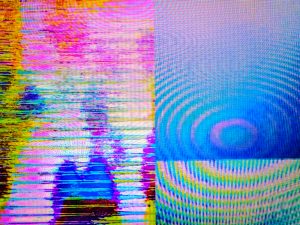
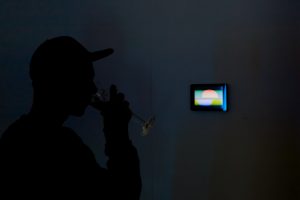
Praktisch:
Bogardenkapel
08/06 – 17/06/18
vrij: 16 – 20 u.
za-zo: 10 – 13 u. en 14 – 17 u.
Katelijnestraat 86, Brugge
